When faced with the challenge of needing quick cash, many investors wonder if borrowing from an IRA would be a good option. “Can I borrow from my IRA?”, is definitely a good question to be asking. However, “Should I borrow from my IRA?” may be even more important. Let’s take a look at the pros and cons of withdrawing money from this retirement account.
“Can I Borrow From My IRA?”
Taking a personal loan out from your IRA (individual retirement account) is unfortunately not an option. IRAs do not allow for penalty-free loans. However, if you need cash quick, there is a way that you can access the money in your IRA account. The IRS does allow for you to access the money in your IRA, but there is a catch. If you take money out before age 59.5, the entire amount must be returned to the same IRA or a different IRA within 60 days. This is also known as a 60-day rollover period. If the money isn’t returned on time, you’ll be subject to income taxes and penalties on your withdrawal. This is because the amount of the withdrawal will become included in your gross income. Therefore, it is subject to federal income tax. On top of the tax, you’ll face a 10% penalty. For those over age 59.5, you won’t have to pay the 10% early withdrawal penalty. However, you’ll still be subject to regular income tax if you wait more than 60 days to replace the funds. In the case of a Roth IRA, however, you may make a penalty-free withdrawal of your Roth IRA contributions at any time. However, if you withdrawal from your investment earnings, it will result in a penalty if you are under retirement age. There are a few exceptions to this rule, though. Another important piece to keep in mind is that you can only make a penalty-free and tax-free withdrawal from your IRA one time in a 12-month period. This is true no matter how many IRA accounts you have.Exceptions to the early distribution penalty
There are a few qualified exceptions to the early distribution penalty. For these circumstances, you can request an early distribution from your traditional IRA or Roth IRA. While you won’t have to pay the 10% penalty, you will still have to pay taxes. Qualified exceptions to the early distribution penalty include:- First-time home buyer distributions – for a first-time home purchase, you may be able to withdrawal up to $10,000 from your IRA.
- Qualified higher education expenses, which may include tuition, fees, supplies, and books.
- Health insurance premiums if you’ve been unemployed for 12 weeks or more. These may include premiums for your spouse and children.
- Medical expenses. You may be able to your IRA withdrawal to pay for unreimbursed expenses if you didn’t have insurance or if your insurance didn’t cover the expenses.
- Disability or death. The IRS will allow you to withdrawal funds to cover disability expenses. In addition, your beneficiaries can also withdrawal from your IRA penalty-free in the case of your death.
- Equal periodic payments. You may schedule regular payments penalty-free, though some restrictions are in place.
- Qualified birth or adoption costs may also allowed be at the amount of $5,000 per child. This must be withdrawn after the child is born.
Risks of Borrowing From Your IRA
Although it’s possible to borrow from your IRA and not be penalized in the 60-day period, that doesn’t necessary mean it’s a good idea. Borrowing from your IRA – or any retirement funds for that matter – can be quite risky. If you take money from your IRA and can’t replace it in the allotted time, you’re now losing money on taxes and possibly a 10% early distribution penalty. Because of this, we don’t generally recommend this strategy. If you are going to borrow from your account balance, though, it’s important to be absolutely sure that you can replace the IRA withdrawal in time. A lot of people like the idea of borrowing from their IRA because you’ll have immediate access to the cash. Although we recommend avoiding it, this can be an option when not having cash now will cost you more down the road. For example, if you have an emergency fix on your home or other real estate that is going to cause even greater damage to the building later, it may be worth borrowing from your IRA to get it fixed now. Another scenario is if you have an emergency medical problem that you can’t pay for, and it’s going to lead to even more health expenses later if it goes untreated. Of course, this is where your emergency fund should come into play! We strongly recommend starting an emergency fund as soon as possible – even before you start investing. Your emergency fund is your safeguard for any emergencies that may arise – whether its health problems, home repairs, vehicle repairs, or a cushion account if you unexpectedly lose your job. If you have an emergency fund, we recommend not risking borrowing from your IRA. However, if you don’t have any other options and you truly need the emergency cash, talk to your financial advisor about whether borrowing from your IRA would be the best option. It should be a last resort.Other Risks of Borrowing from Your IRA
The main issues with borrowing from your IRA before retirement age are the potential income taxes and penalties. However, there are also a few other downsides. For one, a withdrawal from your IRA funds could result in not being able to accrue compound interest on the savings. This could lead to significant loss of growth when it comes to your retirement funds. In addition, remember that you can only make an IRA withdrawal one time per year for non-qualified exceptions. This is the case no matter how many IRAs you have. Therefore, you should only use this option if you really, really need to.Alternative Borrowing Options
Unless you qualify for one of the exceptions, we recommend against taking an IRA distribution prior to retirement. It should be a last resort. If you’re an IRA owner, here are some alternative options to taking a withdrawal from this retirement account.Home Equity Loan
A home equity loan is allows you to essentially borrow against the value of your home. Home equity loans have the benefit of having some of the lowest interest rates in comparison to other loan options. However, this is a higher risk option, because missing payments means that you could be at risk of losing your home. In addition, home equity loans generally have considerable closing costs, application fees, and also require a home appraisal in many cases.Personal Loan
Since personal loans aren’t backed by any collateral – such as a house or a car – they are considered “not secured”. This means that because the lender doesn’t have anything to take if you default on the loan (like a house or car), they are at greater risk. Because of this risk, personal loans usually have higher interest rates than home equity loans. The benefits of a personal loan include fixed rates and that you can use them for nearly anything. Keep in mind, however, that there are other fees and penalties that often add to your payment amount. In addition, monthly payments can be higher than credit card payments in many cases. Before taking out a personal loan, we recommend asking yourself these questions:- Is a secured loan an option?
- Can I afford the payments?
- What is the purpose of the loan? Is it really necessary?
- Will the debt from this loan allow me to generate a greater return than the interest it costs me?

